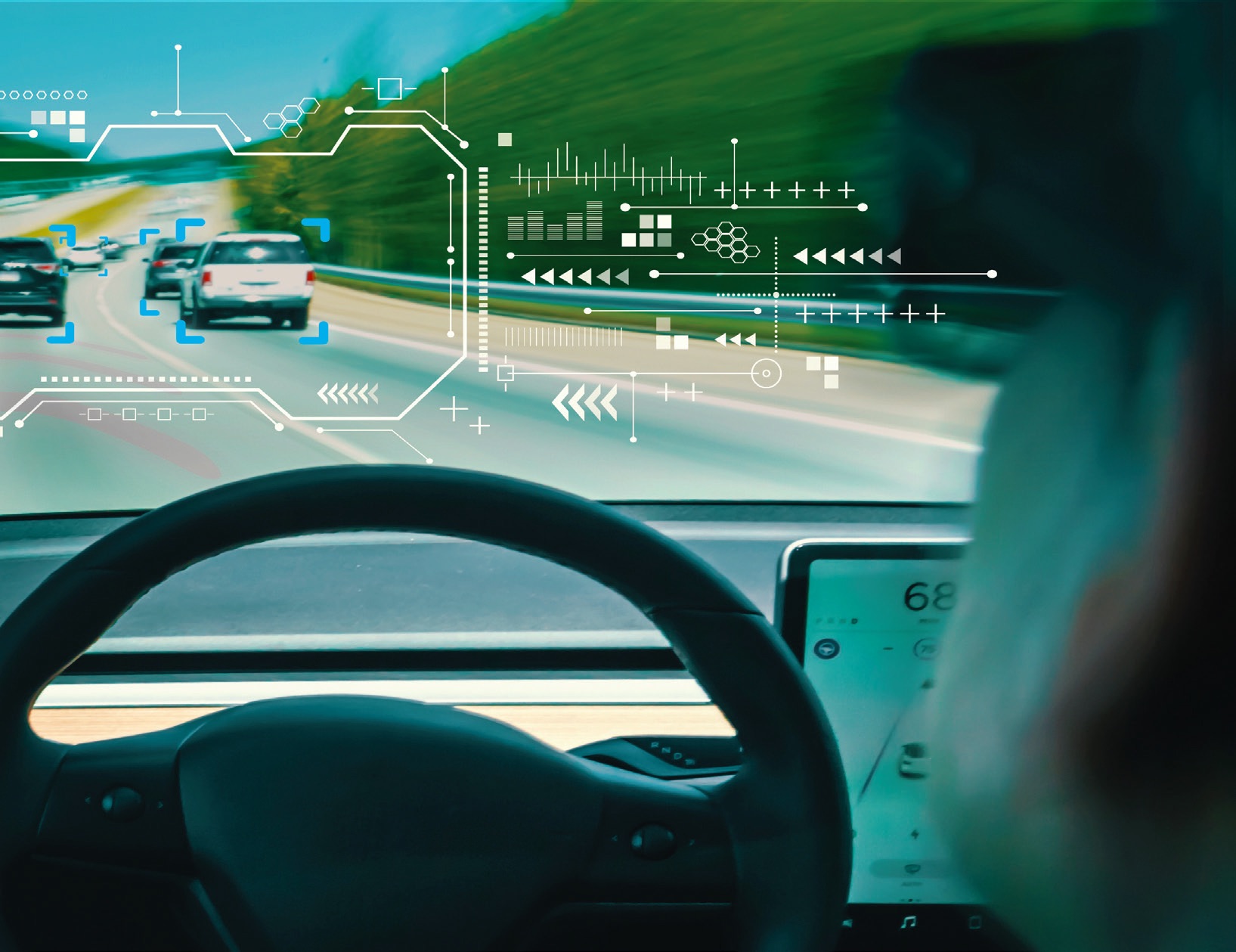Self-driving cars
Dr. Edward P. Becker | TLT Automotive Tribology August 2021
Tasks that are simple for humans remain the biggest challenge in programming self-driving vehicles.

The simplest form of Moravec’s paradox is: “Hard things are easy; easy things are hard.” Could there be a more paradoxical statement? Hans Moravec is a researcher at the Robotics Institute at the Carnegie Mellon University in Pittsburg, and the origin of the paradox, which bears his name, is specifically regarding the computational complexity required to make computers and robots exhibit a high level of mastery of certain tasks. Things that humans regard as “hard,” such as playing chess or performing complex mathematics, are relatively easy to program. Human behaviors regarded as “easy,” such as walking, recognizing faces and learning a native language, require orders of magnitude more computational power. In the automotive industry, nobody understands this paradox better than the engineers working on self-driving cars.
Computers excel at certain driving tasks, such as optimized acceleration and braking, avoiding fixed obstacles and even parallel parking. But simple things that human drivers do practically without thinking, such as determining whether a pedestrian is likely to begin crossing the road, are still well beyond the capability of the most advanced portable computers. Because flying an airplane is “hard” compared to driving, we’ll probably see self-flying planes before we have fully self-driving cars.
1
The phrase “without thinking” is at the root of Moravec’s paradox. Tasks that require intense concentration and planning, such as playing chess or parallel parking, require an awareness of the situation and planning for a series of steps and contingencies that can be (relatively) easily translated into sets of mathematical formulae, which, in turn, can be used to write computer code. When presented with a “simple” task, such as identifying a face, we humans typically reach a conclusion without any awareness of the process. Without that series of steps, how can a programmer even begin to write a code?
At present, the path forward seems to be machine learning. The tasks we humans do without thinking are actually wired into our brains through evolution. Fortunately, computers can be programmed to execute commands and detect outcomes much faster than humans can conduct experiments, so computers can learn to modify their own programs much faster than humans can. By combining simulations with real-world inputs, and sharing of data between platforms, there is a realistic hope of self-driving cars in the foreseeable future.
Whether machines will ever actually be able to “think” is a question for the philosophers. One thing machines can do is process data and react in microseconds, much faster than us humans. Machines also can process information from several channels simultaneously and are not subject to fatigue or drowsiness. For all these reasons, the number of crashes can be substantially reduced (but not entirely eliminated) by moving to self-driving vehicles. Are we ready to give up that much control?
REFERENCE
1. Click
here.
Ed Becker is an STLE Fellow and Past President. He is president of Friction & Wear Solutions, LLC, in Brighton, Mich., and can be reached through his website at www.frictionandwearsolutions.com.